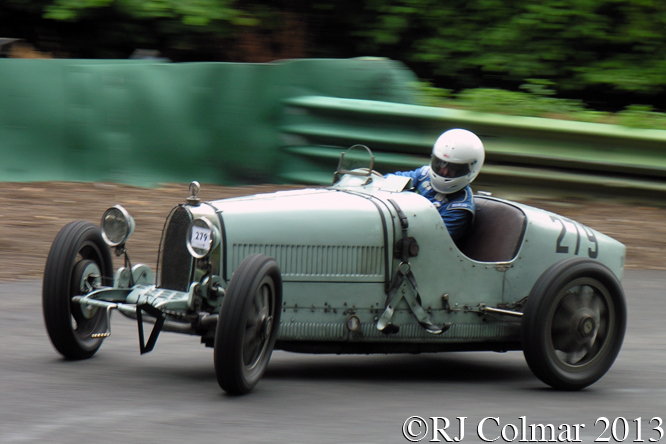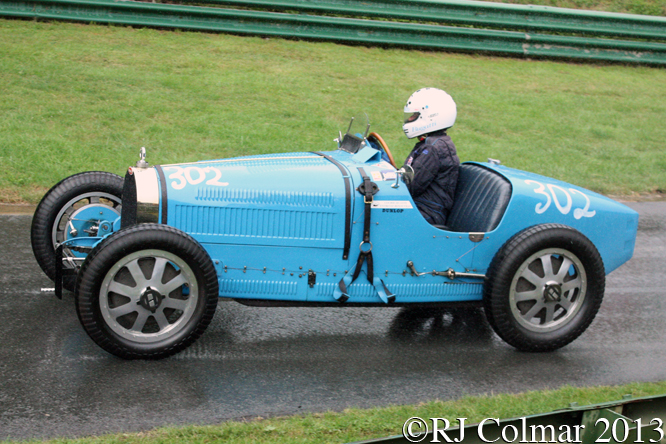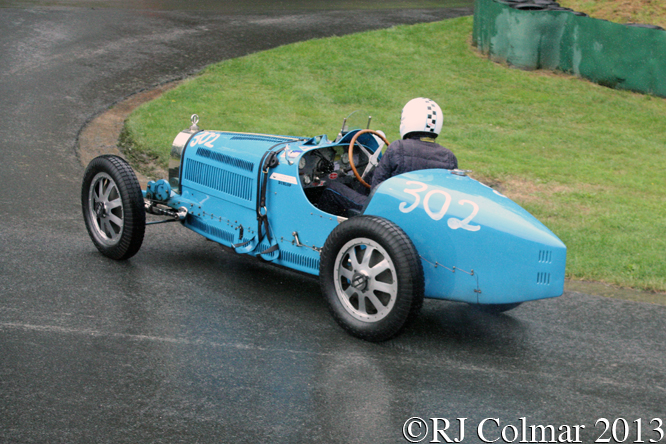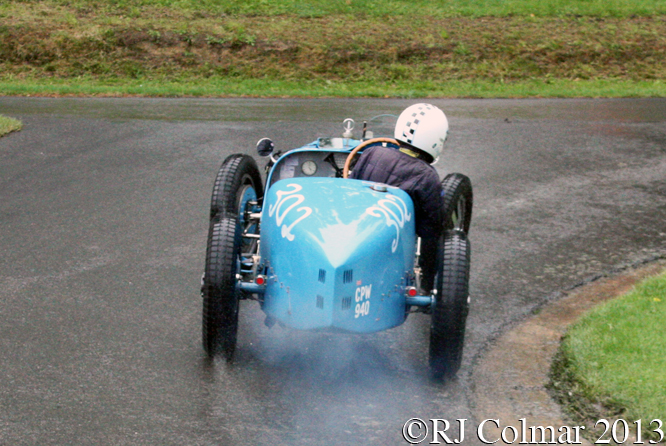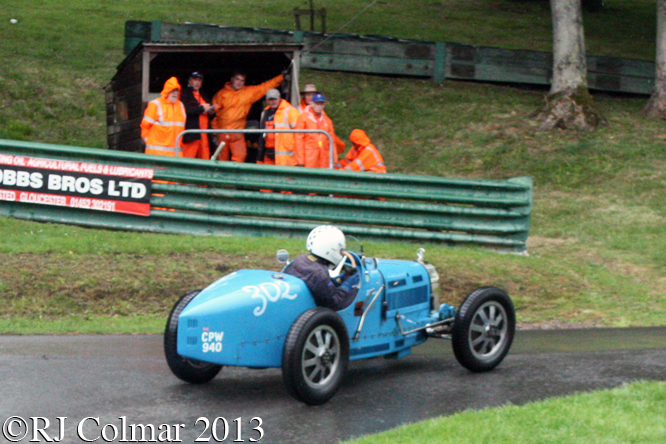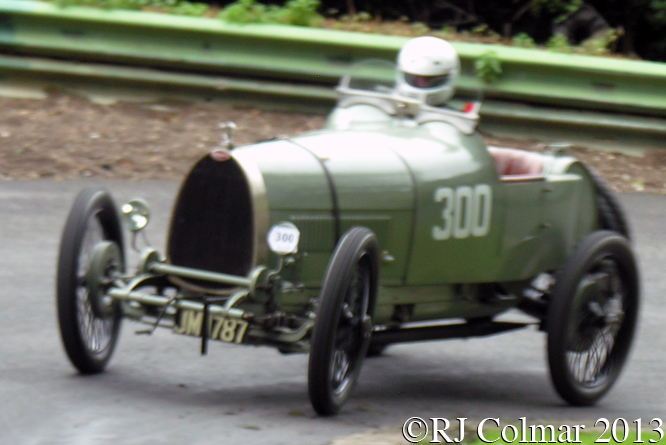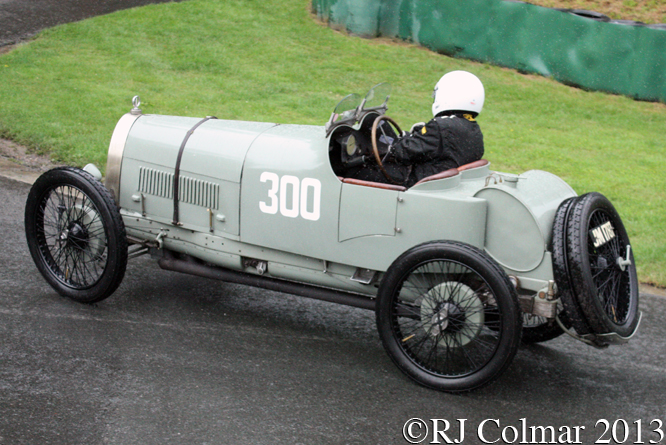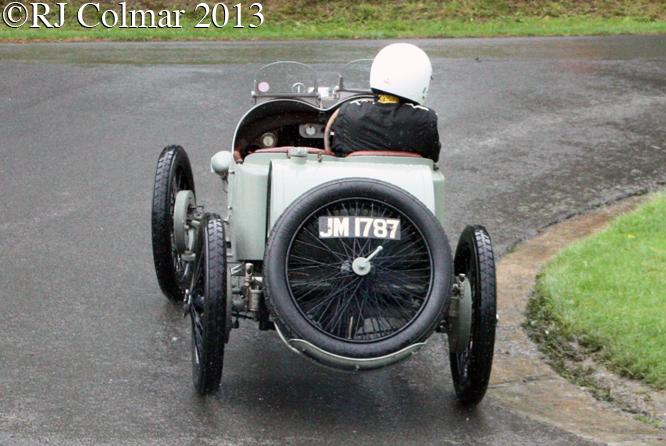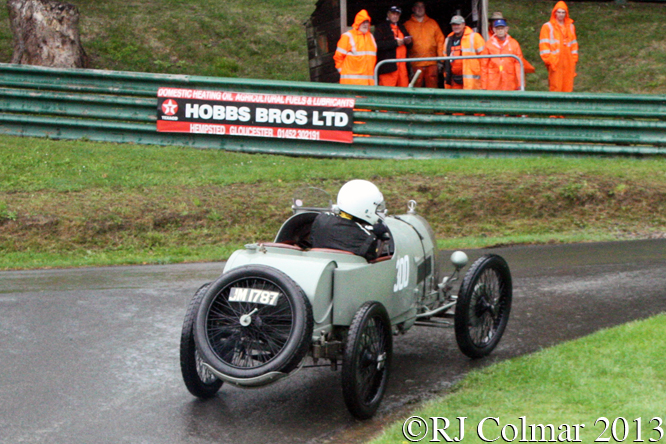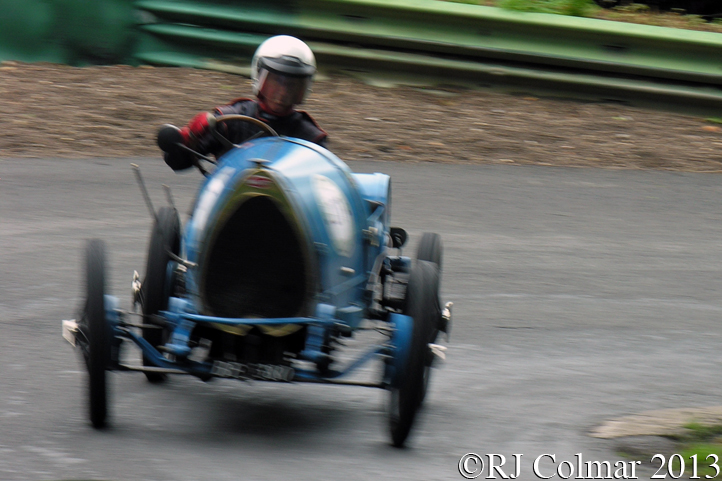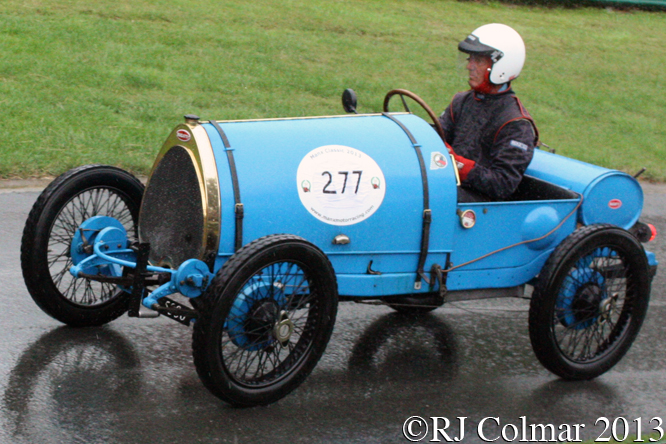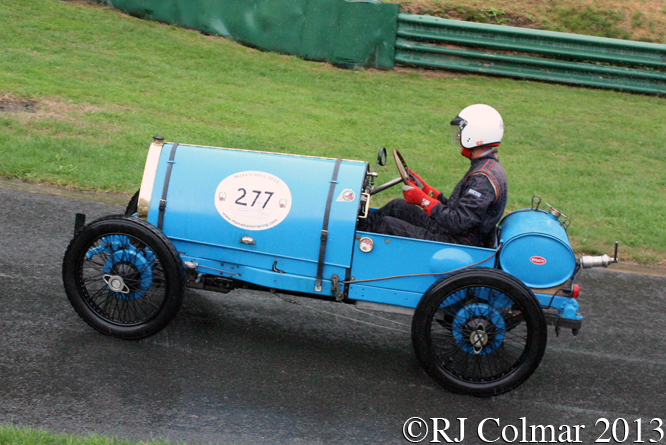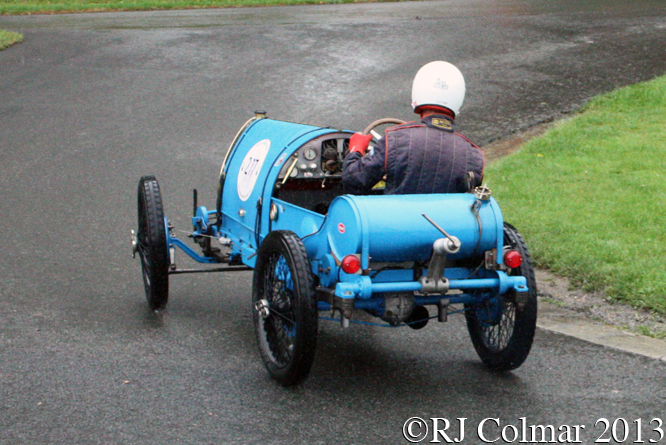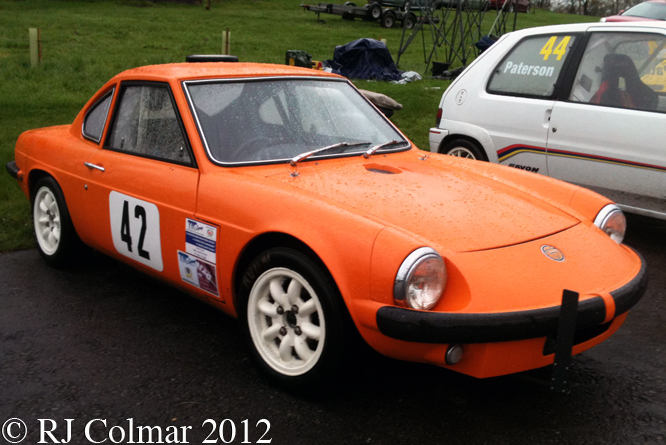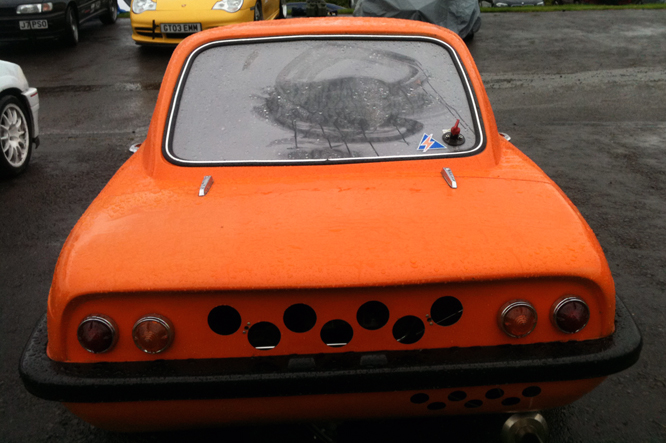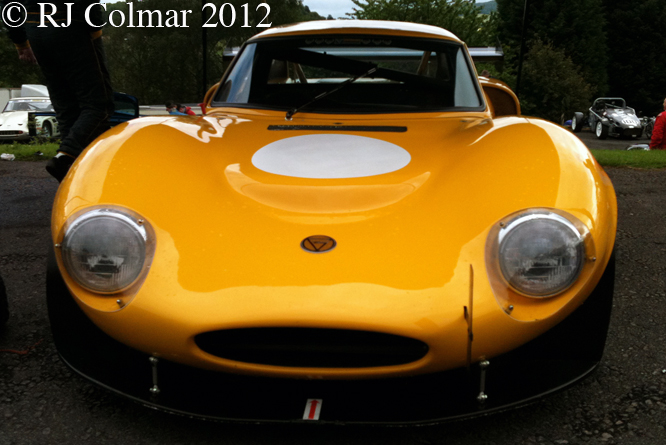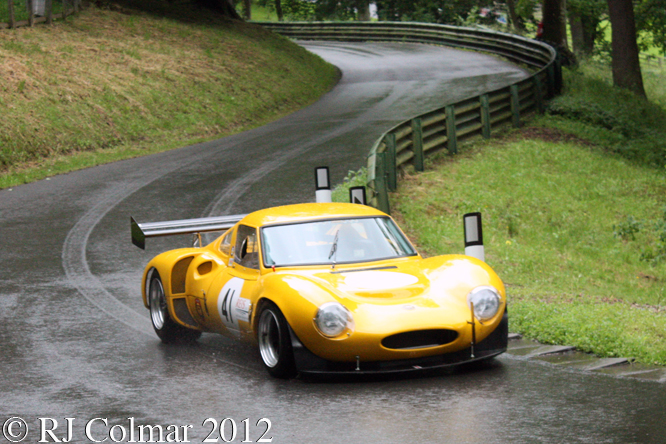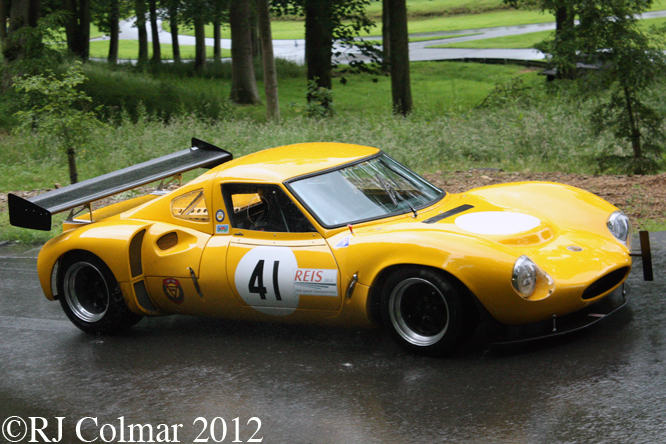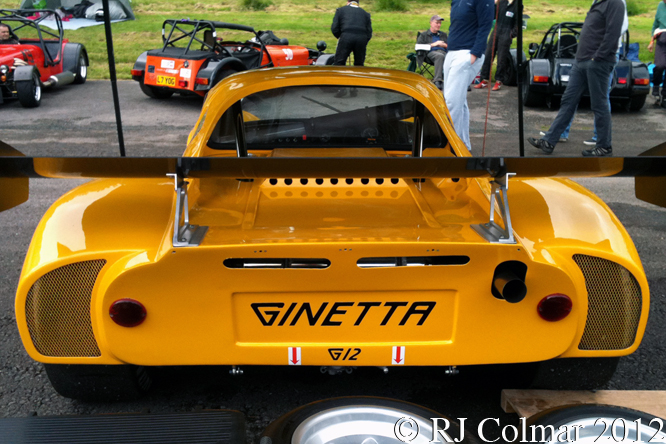Over the last few years I have come across Ron Birkett’s F.L. Sports several times and yesterday it was time to bite the bullet and find out what an F.L. Sports was.
After several hours I came up with not a lot, to be precise plenty of photo’s of today’s featured car, mention of a 1911 F.L. Torpédo that was auctioned so long ago in France there are no longer any photos of it on the web and two adverts the first from June 1912 and another depicting a 1909 12 hp 4 cylinder model that might have some relevance to the subject of this blog.
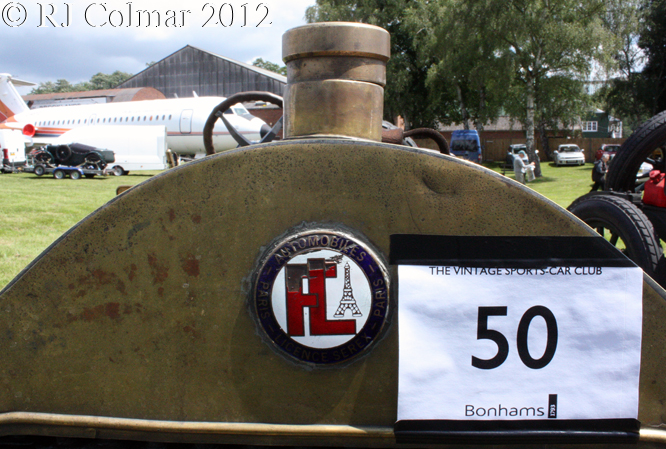
If there is an F.L. Owners club they are keeping a very low web profile. It would appear that the F.L. story begins with an organisation called Compagnie Française de Moteurs à Gaz which for 20 years manufactured stationary Otto 4 stroke motors perfected and designed by Nikolaus Otto and his partner Eugen Langen.
Between 1900 and 1914 Compagnie Française de Moteurs à Gaz got involved in the manufacture of motor cars through a company called Societé Générale des Voitures Automobiles Otto of Paris which were branded Otto, not to be confused with a brand of the same name manufactured in Philadelphia from 1909 to 1912.
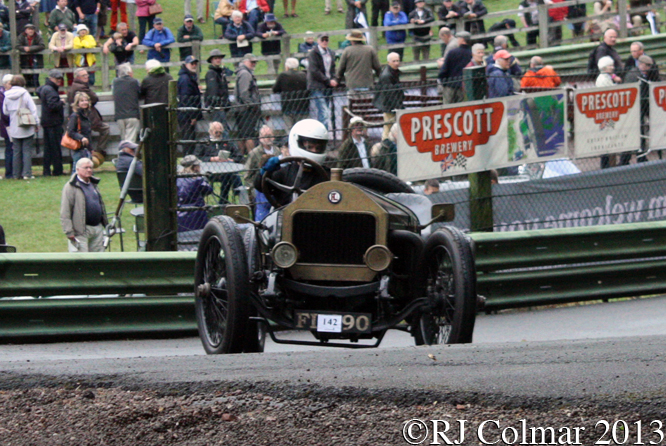
A Mr de la Frennaye came across an engineer called M Serex who had designed a simple yet reliable machine and de la Frennaye negotiated a licence for Societé Générale des Voitures Automobiles Otto of Paris to manufacture it.
To differentiate the Serex designed car from the Ottos, which appear to have gone out of production by 1909, Societé Générale des Voitures Automobiles Otto of Paris invented a new brand F.L. Automobiles of Paris, F.L. being a phonetic spelling eff ell of Eiffe, as in the Parisian Tower, a symbol of technological progress which appears on the F.L. badge.
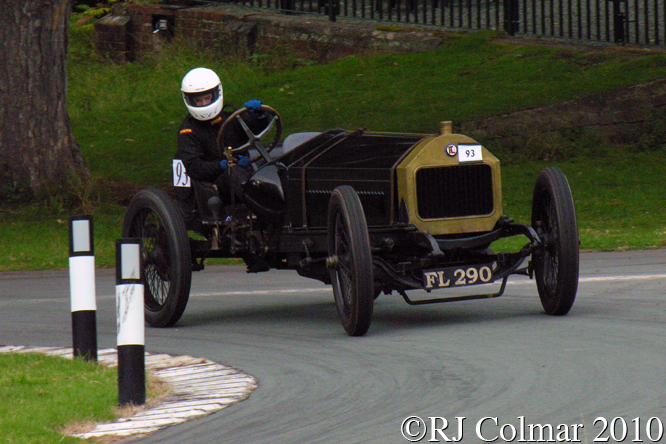
From at least 1908 F.L. manufactured vehicles with 2.4 litre / 146 cui 4 cylinder motors and from 1912 3.6 litre / 219 cui 6 cylinder motors that were fitted to vehicles with Landaulet, Double Phaeton, Coupe de Ville, Roadster bodies.
It would appear Mr de la Frennaye had good connections with Russia so it is possible some of these vehicles may have been sold there. Production of the F.L. marque came to a halt in 1914 with the onset of the 1914-18 Great War.
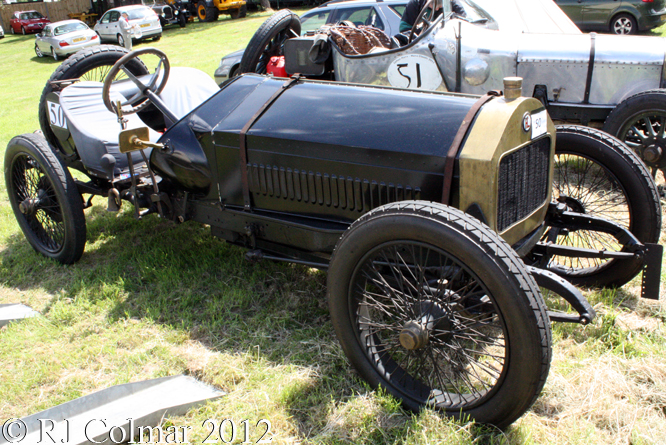
Today’s featured car was originally sold in 1909 and still bearing it’s original licnece plate number was sold to a lady in County Galway she sold it in 1914 and records of its 2nd and 3rd keepers in Ireland are known up until 1919.
When the chassis of today’s car was discovered in Nottinghamshire in 1998 it emerged that the English F.L. Agents RM Wright & Co of Lincoln sold F.L. vehicles with a different badge RM Wright & Co Licence Serex appeared around the out side, the FL letters within, but the Eiffel Tower illustration replaced by one of Lincoln Cathedral, and the Latin words “Floreat Lindum”, Flower Of Lincoln, appeared above and below the overlapping FL letters.
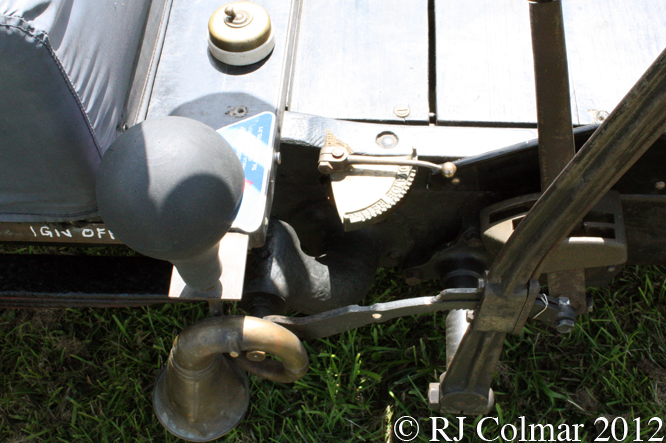
Starting with a bare chassis and no motor Ron Birkett has built the car up into a two seater runabout which was completed and put back on the road with it’s original licence plate number in 2001.
This vehicle is officially listed with a 3 litre / 183 cui motor, a size which I have not otherwise heard about in connection with the Marque and given that the chassis was found sans motor in 1998 it is possible the motor is of a similar period but different make. If you can put me out of my misery please do not hesitate to chip in below.
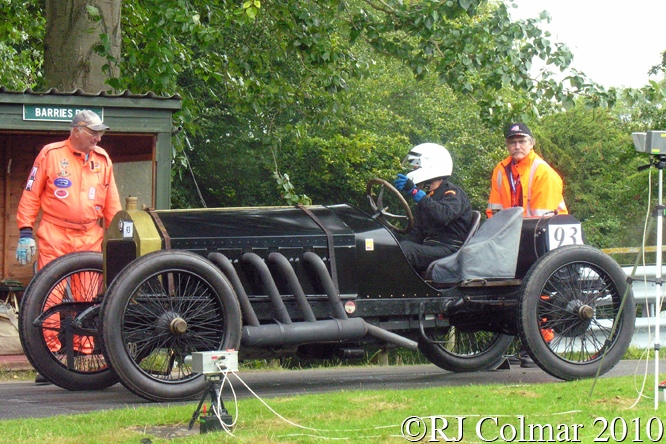
Since starting this article it has emerged that a further circa 1908 F.L. fitted with a four seat tonneau body was known to reside in Australia in 1998. With no known production figures and just three examples known to have survived there may be a simple reason why the F.L. Owners Club keeps such a low profile.
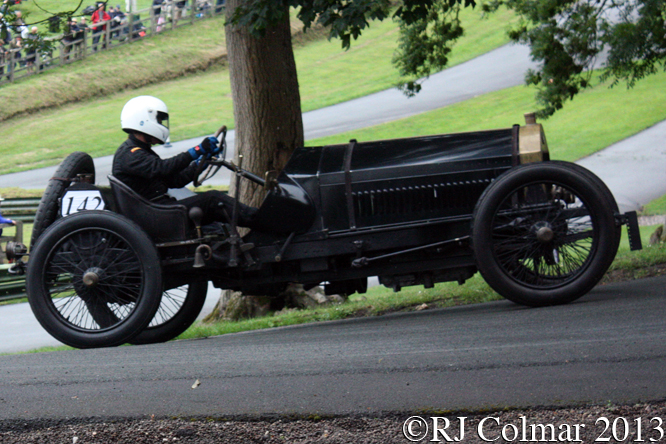
My thanks to TNFer’s Tim Murray, Steven Lines and Udo Leischner for additional information about the Marque and to Udo again for finding this linked period photo of an FL 12/16hp.
Thanks for joining me on this “Floreat Lindum” edition of “Gettin’ a li’l psycho on tyres” I hope you’ll join me tomorrow when I’ll be looking at Force India’s 2013 season. Don’t forget to come back now !
